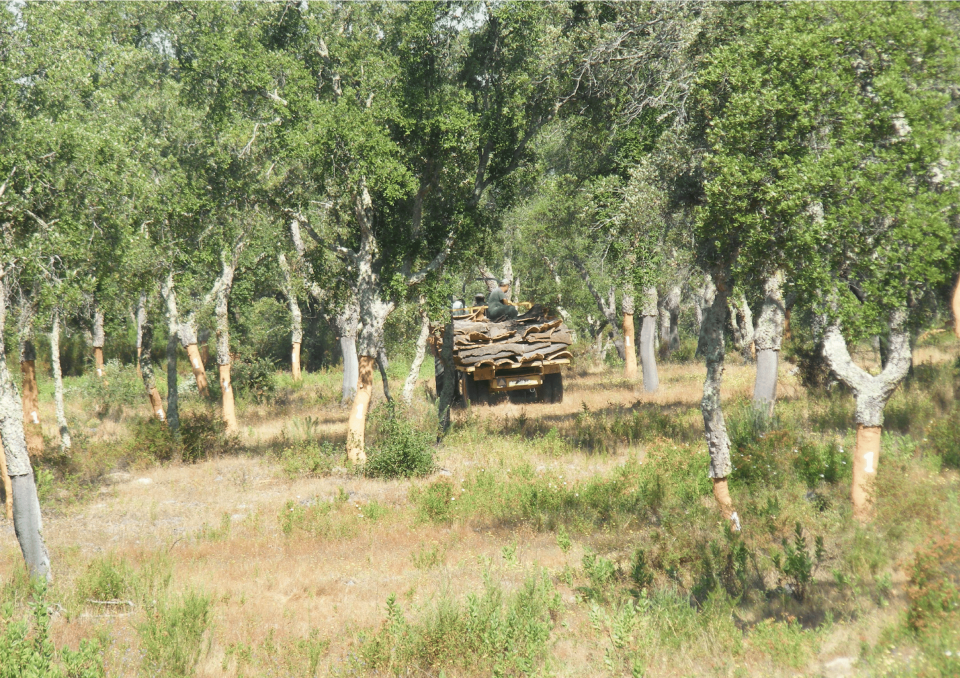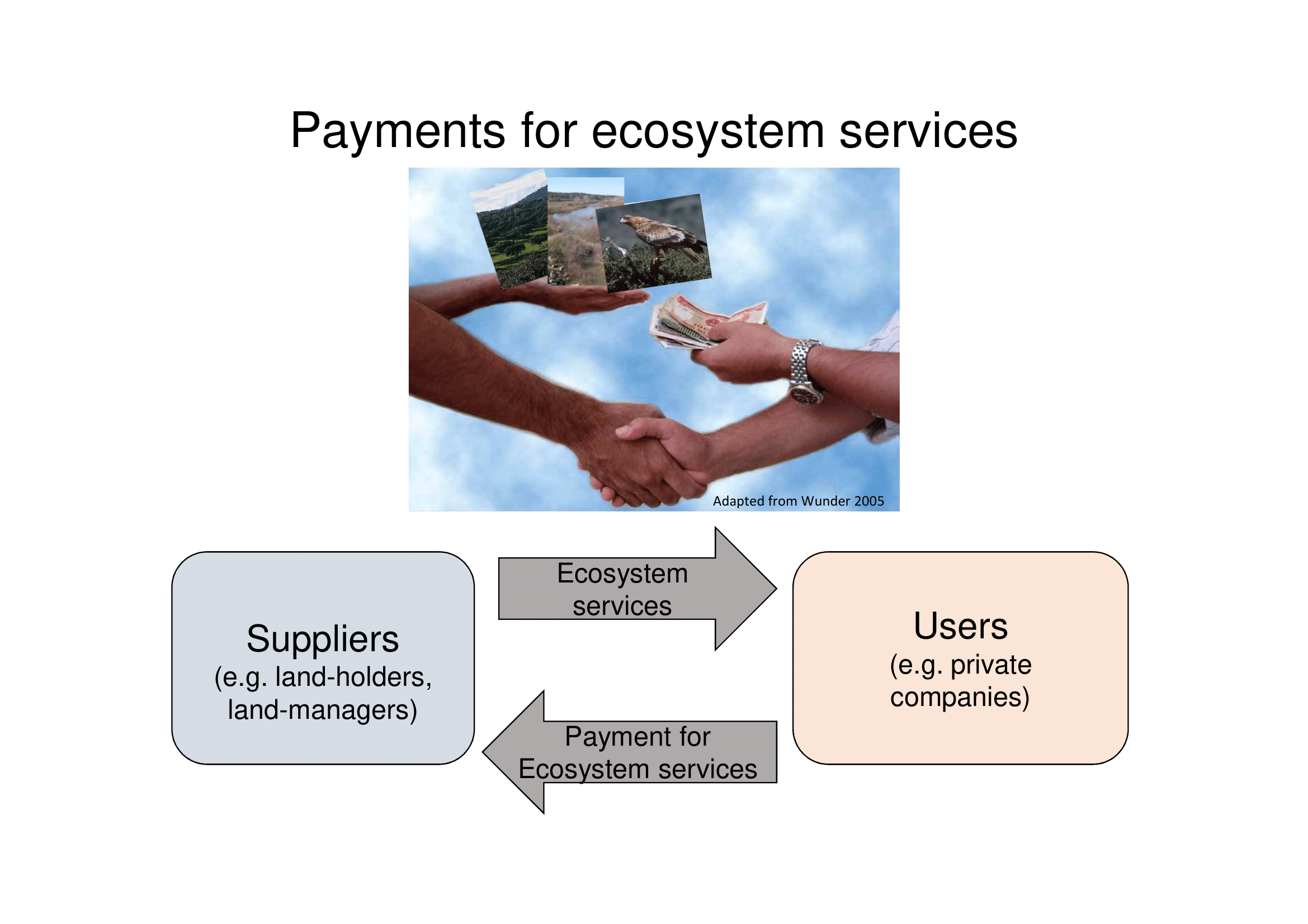
This project aims to assess the effects of FSC certification on the conservation of cork oak woodlands namely how certified conservation zones (areas of lower management intervention) affect oak natural regeneration, understory shrub diversity, conservation of water streamlines and associated bird diversity. In addition, at a larger scale, the project also aims to identify geographical areas of conservation value for biodiversity and ecosystem services. Resulting information will contribute to identify target areas to implement payment for ecosystem services schemes using FSC certification as a validating tool of good management practices.
FSC certification is expanding globally into different forest ecosystems but its effects on conservation still needs empirical testing. This lack of information drove the idea of quantifying the potential effects of certification on the conservation of cork oak woodlands. Additionally, we wanted to assess if certification is a good proxy of “sustainable forest management”. This rationale is the basis of a concept of payment for ecosystem services scheme developed by the School of Agriculture (Centre for Applied Ecology) of the University of Lisbon, WWF and the Forest Producers Association of Coruche in Portugal.
Shrub cover and diversity, as well as the abundance of oak seedlings and saplings is significantly higher in certified conservation zones. The ecological condition of water streamlines occurring in certified cork oak woodlands is also significantly higher than in non-certified woodlands. Establishing a number of conservation zones contributes to increase habitat heterogeneity at the estate level. Trade-offs however need to be considered, namely in conservation zones, as higher biodiversity and above ground carbon-stocks may trade-off with higher wildfire hazard. We also developed a methodology allowing the identification of geographical areas that optimize the conservation biodiversity and ecosystem services.
Establishing conservation zones in certified cork oak woodlands contributes to habitat heterogeneity and therefore animal and plant diversity at the estate level. Oak regeneration can also be favoured in conservation zones but outcomes may depend on degree of shrub cover as well as shrub species identity. Whilst in some instances shrubs may protect and benefit oak survival in other situation they may compete with seedlings and saplings. This needs verification in the field. Additionally, management objectives related to the conservation of biodiversity and ecosystem services must be clear as potential trade-offs occur.
Results obtained allow the use of forest certification as a tool to validate good management practices that favor the conservation of biodiversity and ecosystem services in cork oak woodlands. Developed methodologies also allowed establishing an innovative payment for ecosystem services (PES) scheme in cork oak woodlands that use the commitment to forest certification to grant landholder access to payments. Comparing certified and non-certified estates is a challenge due to environmental and management variability among estates.
Assessing how forest certification may be benefiting animal biodiversity through monitoring of different animal groups, namely passerine birds. In particular, assessing how varying time-periods of implementation of conservation zones in certified estates affects biodiversity and ecosystem services. Understand, through a long-term study, if at the landscape level certification has been changing the structure of cork oak woodlands in Portugal.
Miguel Nuno Bugalho, migbugalho@isa.ulisboa.pt, http://www.isa.ulisboa.pt/ceabn/content/1/80/homepage
Further information
Bugalho MN, Dias FS, Briñas B, Cerdeira JO (2015). Using the high conservation value concept and Pareto optimization to identify areas maximizing biodiversity and ecosystem services in cork oak landscapes. Agroforestry Systems 90: 35-44 (doi: 10.1007/s10457-015-9814-x)
Bugalho MN, Lecomte X, Gonçalves M, Caldeira MC, Branco M (2011) Establishing grazing and grazing‐excluded patches increases plant and invertebrate diversity in a Mediterranean oak woodland. Forest Ecology and Management 261: 2133-2139 (DOI: 10.1016/j.foreco.2011.03.009)
Bugalho MN, Silva LN (2014). Promoting sustainable management of cork oak landscapes through payments for ecosystem services: the WWF Green Heart of Cork project. Unasylva 242: 29-33 (http://www.fao.org/3/a-i3837e.pdf)
Caldeira MC, Ibáñez I, Nogueira C, Bugalho MN, Lecomte X, Moreira A, Pereira JS (2014). Direct and indirect effects of tree canopy facilitation in the recruitment of Mediterranean oaks. Journal of Applied Ecology 51: 349-358 (DOI: 10.1111/1365-2664.12189)
Dias FS, Miller DL, Marques TA, Marcelino J, Caldeira MC, Cerdeira JO, Bugalho MN (2016). Conservation zones promote oak regeneration and shrub diversity in certified Mediterranean oak woodlands. Biological Conservation 195: 226-234 (DOI: 10.1016/j.biocon.2016.01.009)
Dias F, Bugalho MN, Rodríguez-González P, Albuquerque A, Cerdeira, JO (2014). Effects of forest certification on the ecological condition of Mediterranean streams. Journal of Applied Ecology 52: 190-198 (DOI: 10.1111/1365-2664.12358)
Lecomte X, Caldeira MC, Catry FX, Fernandes PM, Jackson RB, Bugalho MN (2018) Ungulates mediate tradeoffs in C storage and wildfire hazard in Mediterranean oak woodlands. Journal of Applied Ecology (DOI: https://doi.org/10.1111/1365-2664.13310)
Vaz PG, Bugalho MN, Fedriani JM, Branco M, Lecomte X, Nogueira C, Caldeira MC, (2019) Unravelling associations between tree-seedling performance, herbivory, competition, and facilitation in high nature value farmlands. Journal of Environmental Management 232: 1066–1074 (DOI:10.1016/j.jenvman.2018.11.082)
Link: www.habeas-med.org
Cork oak woodlands have high biodiversity value and generate different ecosystem services of local, regional and global relevance. Cork harvesting are their main provisioning service Credit: Miguel Bugalho

Payment for ecosystem services aim to reward those landholders who, through good management practices, contribute for the conservation of biodiversity and ecosystem services. FSC certification is a standard of good management practices that may grant access to payments for ecosystem services
